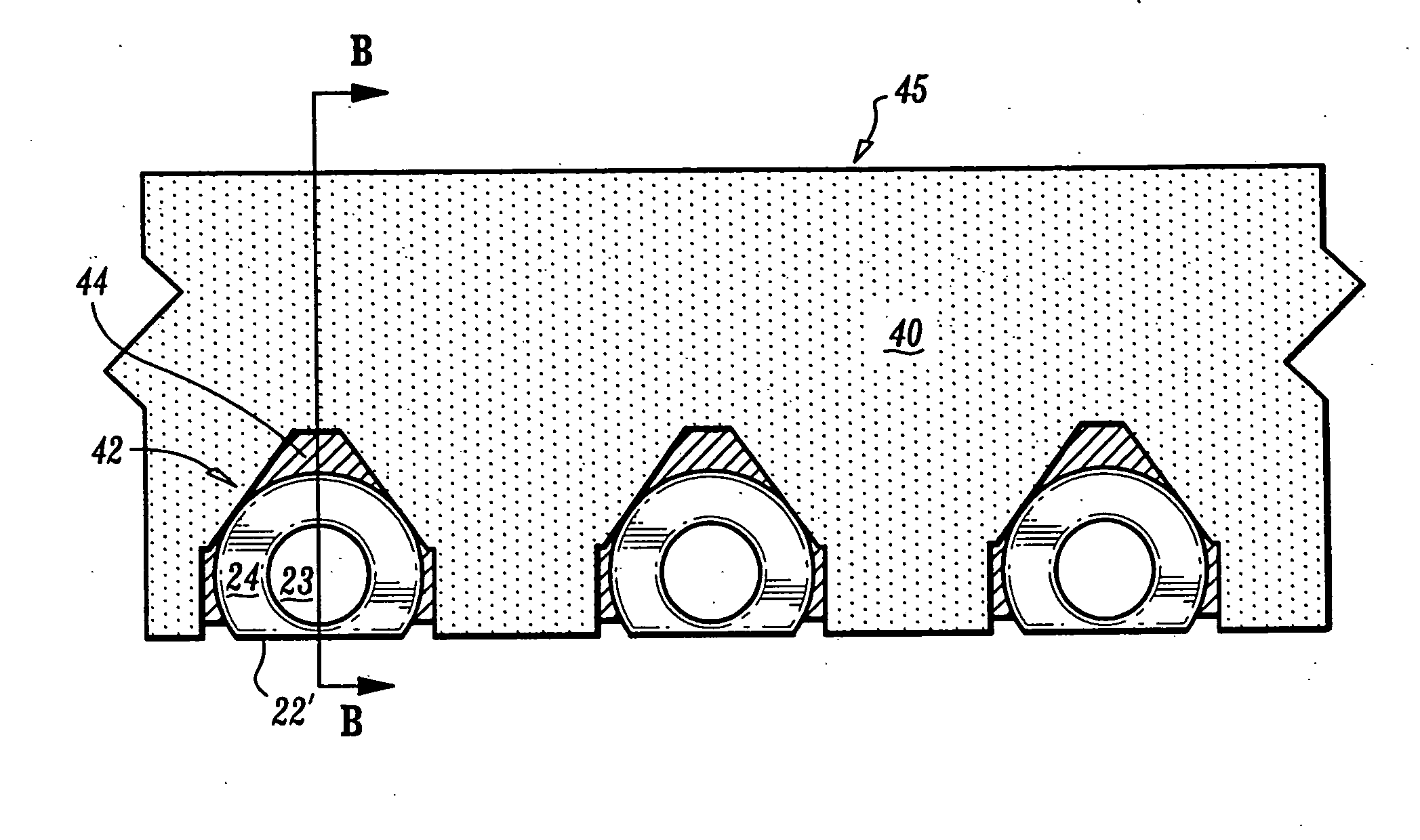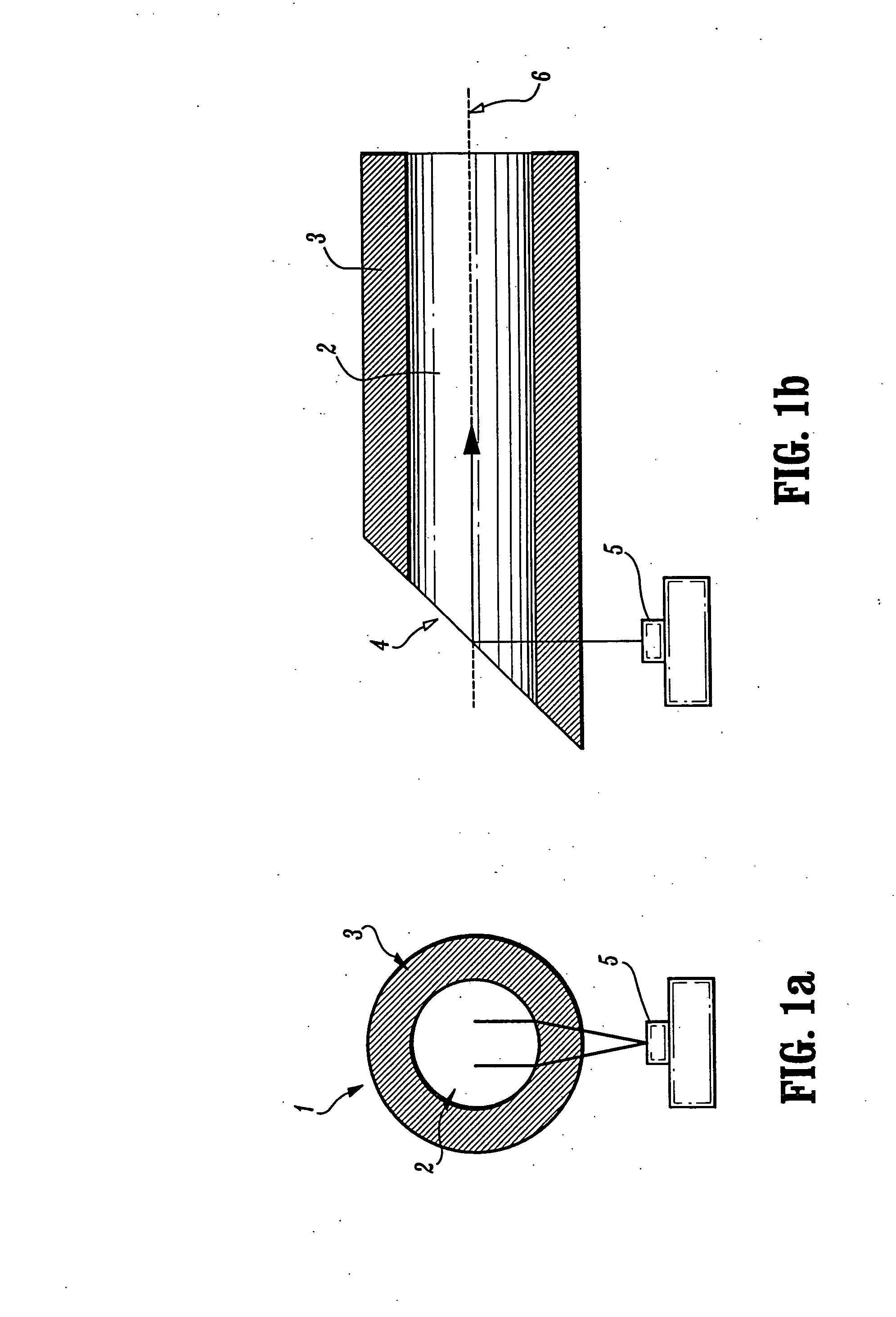Devices and methods for side-coupling optical fibers to optoelectronic components
a technology of optical fiber and optoelectronic components, applied in the field of optical devices, can solve the problems of increasing light loss, affecting the coupling effect of light, and being unacceptable for various applications, so as to maximize the coupling effect and minimize the distance between the optical fiber cor
- Summary
- Abstract
- Description
- Claims
- Application Information
AI Technical Summary
Benefits of technology
Problems solved by technology
Method used
Image
Examples
Embodiment Construction
. PREFERRED EMBODIMENTS
[0050] The present invention is directed to optical devices, components and methods for mounting optical fibers and for side-coupling light to / from optical fibers using a modified silicon V-groove, or silicon V-groove array, wherein V-grooves (for precisely aligning / spacing optical fibers) are “recessed” below the surface of the silicon. Methods according to the invention for forming recessed silicon V-grooves or v-groove arrays, enable optical fibers to be recessed below the surface of the silicon substrate such, that a precisely controlled portion of the cladding layer extending above the silicon surface can be removed (lapped) using the surface of the silicon as a polishing stop. With the cladding layer removed, the separation between the fiber core(s) and the optoelectronic device(s) is reduced, resulting in improved optical coupling when the optical fiber silicon array is connected to an optoelectronic device array, e.g., a VCSEL array.
[0051] More specif...
PUM
| Property | Measurement | Unit |
|---|---|---|
| diameter | aaaaa | aaaaa |
| diameter | aaaaa | aaaaa |
| diameter | aaaaa | aaaaa |
Abstract
Description
Claims
Application Information
 Login to View More
Login to View More - R&D
- Intellectual Property
- Life Sciences
- Materials
- Tech Scout
- Unparalleled Data Quality
- Higher Quality Content
- 60% Fewer Hallucinations
Browse by: Latest US Patents, China's latest patents, Technical Efficacy Thesaurus, Application Domain, Technology Topic, Popular Technical Reports.
© 2025 PatSnap. All rights reserved.Legal|Privacy policy|Modern Slavery Act Transparency Statement|Sitemap|About US| Contact US: help@patsnap.com



